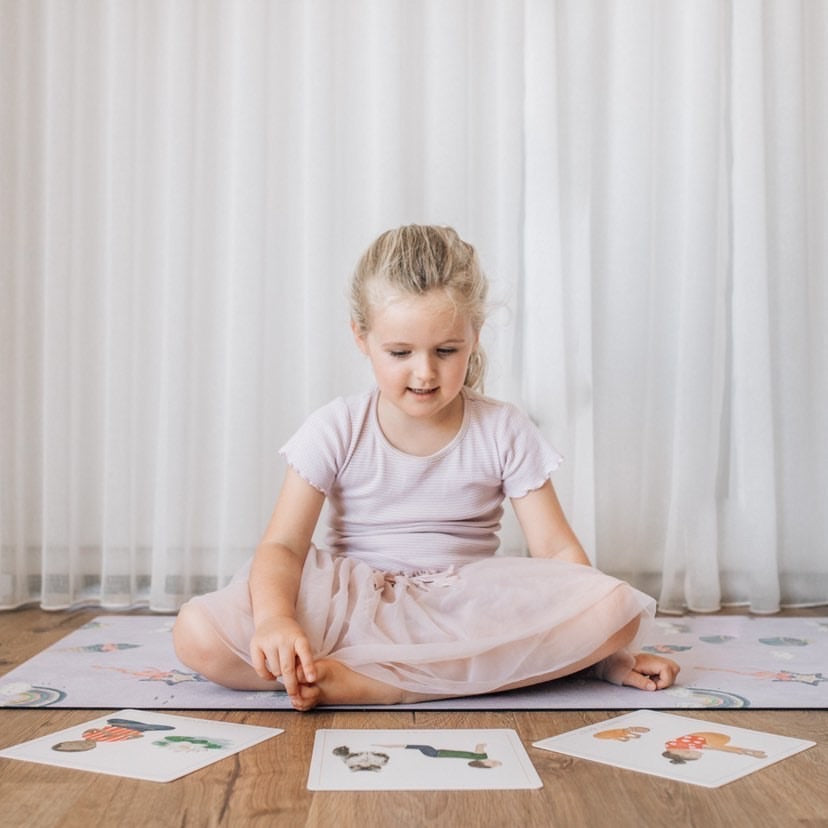It is crucial to recognize neurodiversity in the dynamic landscape of the development of children. Children suffering from issues like ADHD and autism require a supportive environment to help to flourish. There is a synergy between ADHD assistance, autism play sensory integration, and mindful toys for kids. Integrating these components into daily routines will help caregivers and teachers design experiences that foster whole-person development.
ADHD Assistance for children: Focusing on Confidence
Children suffering from ADHD often face challenges in staying focused and controlling the impulses. To provide effective support, you must implement strategies that are engaging for the child’s thoughts while taking care to respect their uniqueness. To help them in this process, mindful toys for children that encourage relaxation and mindfulness, are valuable. These toys give the sensation of a tactile plaything that can calm restlessness while training children to redirect their attention with deliberate intention. Mindfulness exercises can be incorporated into the playtime routine to manage ADHD symptoms, but can also teach valuable life lessons including stress reduction and emotional regulation.

Autism Sensory Play – Nurturing Expression and Exploration
Children on the spectrum can encounter sensory experiences that can be both challenging and enriching. Autism sensory play involves the creation of an environment that engages senses, and assists in the development of key skills. Sensory integration toys play a significant role in this approach. These toys are designed to enable multiple senses that can be engaged simultaneously. They promote sensory exploration, cognitive growth, and coordination. Children are able to communicate and perceive their environment by using sensory, auditory and visually engagement. By encouraging autism-related sensory play among children, caregivers can empower them to be themselves, increase confidence in themselves and connect with the world around them.
Sensory Integration Toys: Building Bridges for Child Development
Sensory integration toys serve as bridges for children to make connections to the world. They come in a variety of sizes, shapes and textures to address a variety of motor skills as well as senses. These toys let children adjust and discover the sensory input. They also aid in developing sensory processing skills. The three major benefits of sensory toys include:
1. Enhanced Perception Sensory Integration toys expose children to different tactile sensations, sound, and visual signals. The exposure to sensory stimuli helps the brain process sensory information better and enhances their ability to react in everyday situations.
2. Better Motor Skills – Many of the sensory toys are difficult to manipulate without fine motor skills and coordination between the eye and the hand. Engaging with these toys helps children develop their motor skills and dexterity. This leads to a better control of their bodies and confidence in their movements.
3. Cognitive Development: The multisensory nature of these toys helps to stimulate different regions of the brain in a single session. The stimulation helps in cognitive growth, by encouraging connections between different neuronal pathways. Additionally, it improves problem-solving ability and creative thinking.
Mindful Toys for Children: Developing Calmness and Concentration
Mindfulness has become increasingly popular due to its positive effect on mental health. The toys that children play with are mindful and include mindfulness components into their game to help them remain focused and attentive. They often include activities that require concentration like puzzles, coloring or guided relaxation exercises. Through these activities, kids learn to focus their attention and energy towards the goal. This helps them at school and develop social skills.
In the exploration of ADHD support and autism-related sensory play, as well as sensory integration toys and mindful toys it is vital to consider the overall approach that comes from the interplay. They don’t work as a set; rather, they form a cohesive strategy to meet the varied needs of children with neurodiverse disorders. They can help create an environment where emotional, cognitive and sensory needs can be met while incorporating mindful activities and sensory play in their daily routines.
The process of supporting children with ADHD and Autism is about embracing the individual strengths and struggles of every child. By incorporating sensory play, sensory-integration toys, and mindfulness techniques, teachers and caregivers can make a positive environment for the development of children at all levels. Each component, whether it is fostering self-expression, enhancing the processing of sensory information or encouraging mindfulness that contributes to a holistic approach to development of children. We can unlock the potential in these strategies to create a more positive, inclusive future for children from all neurodiversities.